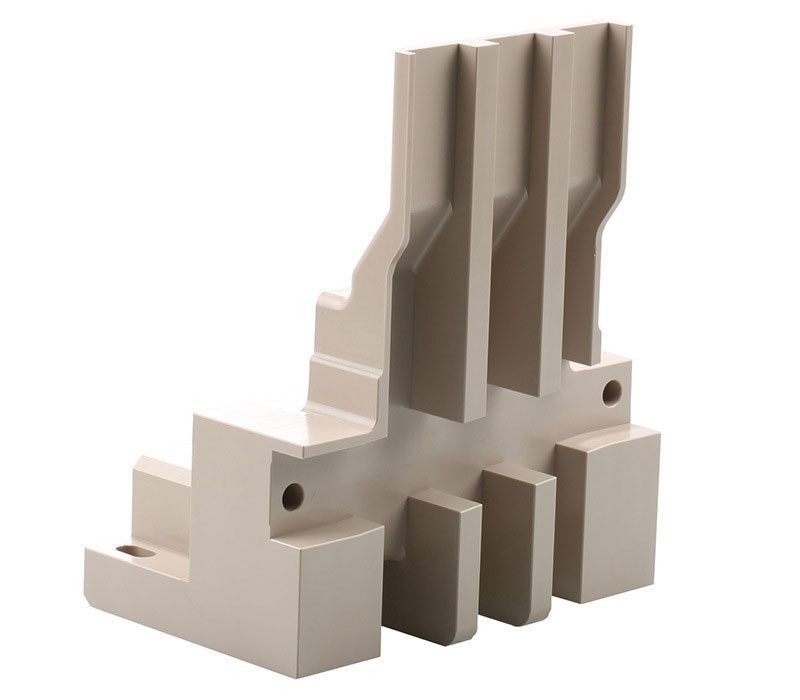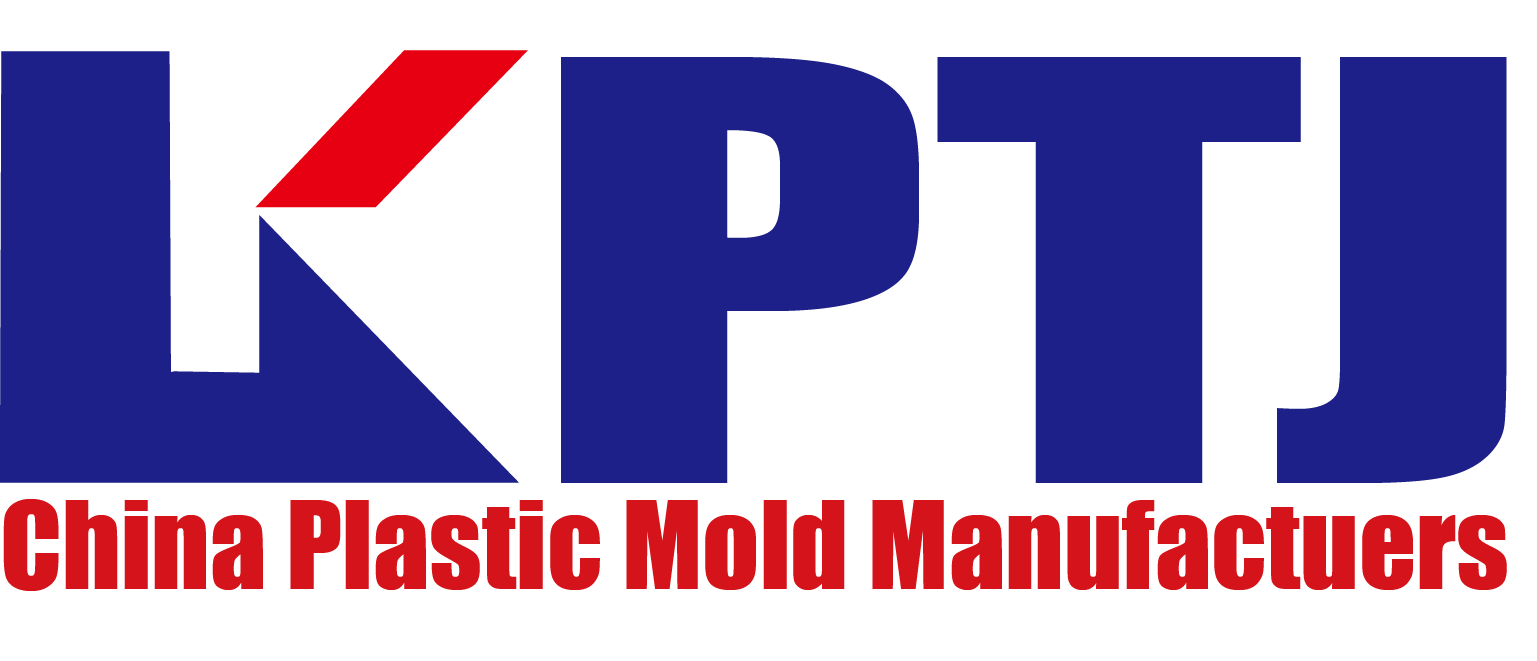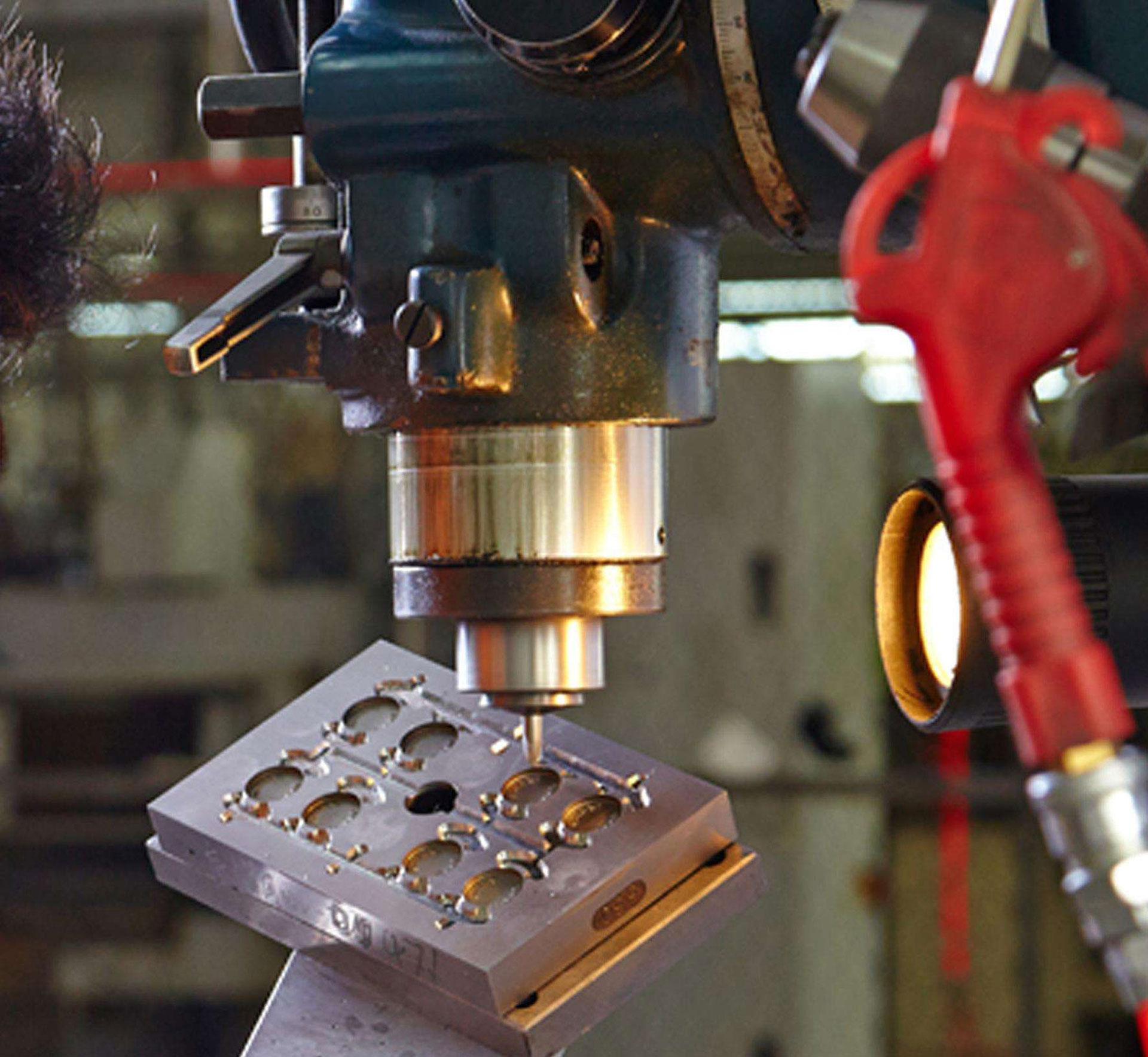In the thicker parts of the plastic mold, such as ribs or protrusions, the shrinkage formed is more serious than the adjacent positions, because the cooling rate of the thicker area is much slower than that of the surrounding area. Different cooling speeds lead to the formation of depressions at the connection surface, which are familiar shrinkage marks. This kind of defect severely limits the design and molding of precision plastic mold products for home appliances, especially large thick-walled products such as beveled cabinets and display cabinets for TV sets.
There may be one or more reasons for the formation of shrink marks, including processing methods, part geometry, material selection, and mold design. The geometry and material selection are usually determined by the raw material supplier and are not easily changed. However, there are many factors related to mold design that may affect shrinkage for mold manufacturers.
Cooling runner design, gate type, gate size may produce multiple effects. For example, small gates such as pipe gates cool much faster than tapered gates. Premature cooling at the gate will reduce the filling time in the cavity, thereby increasing the chance of shrinkage marks. For molding workers, adjusting the processing conditions is a way to solve the shrinkage problem. Filling pressure and time significantly affect shrinkage. After the part is filled, the excess material continues to fill the cavity to compensate for the shrinkage of the material. If the filling stage is too short, the shrinkage will increase, and eventually more or larger shrinkage marks will be produced. This method may not reduce shrinkage marks to a satisfactory level by itself, but the molding workers can adjust the filling conditions to improve the shrinkage marks.



